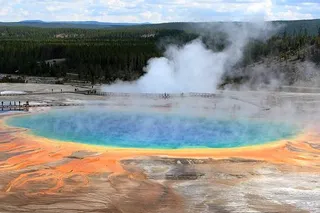Today marks the 30th anniversary of one of the most important volcanic events of the 20th century -- the eruption of El Chichón in Mexico. In a little under a week, the seemingly dormant volcano in Chiapas produced three Plinian eruptions that killed at least 1,900 people living near the volcano and also released a remarkable amount of sulfur dioxide and particulates into the atmosphere relative to the size of the eruption. The total volume of the eruption was much smaller than Pinatubo in 1991, but its effect on global climate was as significant as its bigger cousin. The eruption of El Chichón is is overlooked in comparison to other historic eruptions like Mount St. Helens in 1980 or the aforementioned Pinatubo eruption, yet it teaches us a number of important lessons about how we can be better prepared for volcanic disasters and the potential influence of volcanoes on the ...
Looking Back at the 1982 eruption of El Chichón in Mexico
Explore the El Chichón eruption 1982, a volcanic disaster that reshaped Mexico's landscape and had a global climate impact.
More on Discover
Stay Curious
SubscribeTo The Magazine
Save up to 40% off the cover price when you subscribe to Discover magazine.
Subscribe













